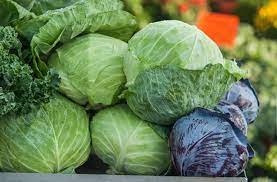Back to: BIOLOGY NEW LOWER SECONDARY CURRICULUM BOOK 2
Determing the pH of different soils
Duration: 40 minutes
Key question: What is the pH of different soil samples?
What you need
- universal indicator solution
- petri dish
- Stop clock
- spatula
- test tubes
- pH colour chart soil samples from different locations
What to do
- In groups, obtain soil samples from
three different locations around your
school.
- Place about 2 spatula end fulls of one of
the soil samples on a Petri dish and soak
it in water with 3 drops of the universal
indicator. Leave it for 2-3 minutes.
- Tilt the Petri dish so that the indicator
solution drains out of the soil and into
a test tube. - Compare the indicator colour with the
pH colour chart you are provided and
identify the pH of the soil sample. - Repeat the procedure with the other
two remaining soil samples. - Discuss the importance of the pH to the soil
- Present your findings to the rest of the
class.
Suggested responses
At the low end of the pH scale, soil is highly acidic while at the high end of the pH scale, soil is basic.
The dark green, dark blue, and purple colours indicate that the soil is basic (alkaline) while the red, orange and yellow indicate that the soil is acidic. Pale or light green colour indicates that the soil is neutral soil. pH is important because it influences availability of essential nutrients by regulating and controlling chemical forms of different nutrients pH also influences chemical reactions. Thus, pH determines the plants that grow well in a particular soil.



Figure 1.6: Crops that grow well in acidic soil


Figure 1.7: Crops that grow well in alkaline soil
Assignment: AS learners to make research on other examples of crops that grow well in acidic and alkaline soils.

Leave a comment